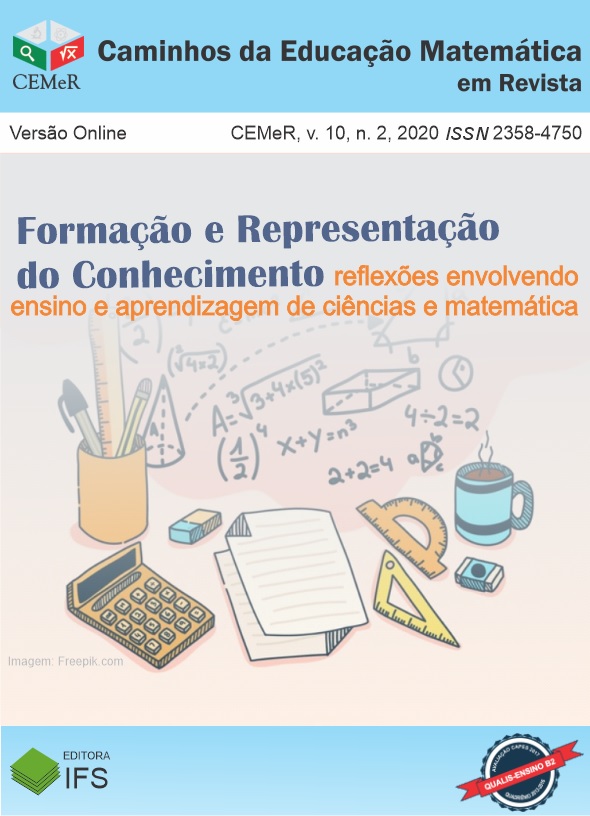MICHAEL FOUCAULT ABOUT WORDS AND THINGS
Resumo
It seems that one of the functions Science performs permanently in human culture consists in unifying practical skills and cosmological beliefs, the episteme and the techne. What seems of specific interest are the historically variable interactions and dependencies between these two roles of science. In Les Mots et les Choses Michael Foucault characterizes the development of modern episteme by two great discontinuities: the first inaugurates the so-called Scientific Revolution and the second, at the beginning of the nineteenth century, marks the beginning of the Industrial Revolution and of the modern age. When we talk about science today, we mostly think of the modern science that has emerged since Galileo and Newton. But Galileo’s name is mentioned, but once in Foucault’s whole book, and his achievements are put as of little importance. And Newton, the greatest scientist of the Classical Age, remains equally absent. So how are we supposed to understand Foucault’s argument? Foucault’s book is not a history of science or of knowledge but deals with the rules of knowledge formation and representation. Therefore, Condillac seems more important than Galileo or Descartes and Novalis and Nietzsche more than Hegel and Marx or Sartre. Because all thinking occurs in terms of signs, and all knowledge must be represented, we are led to taking a semiotic perspective. This approach is justified as Foucault himself describes the door to the Classical age as being characterized by a transformation of the sign from a means of knowledge to an element of representation as such.
Downloads
Publicado
Edição
Seção
Licença
[ANEXO I - SIGA O modelo]
DECLARAÇÃO
RESPONSABILIDADE E TRANSFERÊNCIA DE DIREITOS AUTORAIS
O(o) autor(a) vem por meio desta declarar que o artigo intitulado “TÍTULO DO ARTIGO” aprovado para publicação no periódico Caminhos da Educação Matemática em Revista/Online é um trabalho original, que não foi publicado ou está sendo considerado para publicação em outra revista, que seja no formato impresso ou no eletrônico.
O(os) autor(es) do manuscrito acima citado também declara(m):
1. Declaro que participei suficientemente do trabalho para tornar pública minha responsabilidade pelo conteúdo.
2. Declaro que o uso de qualquer marca registrada ou direito autoral dentro do manuscrito foi creditado a seu proprietário ou a permissão para usar o nome foi concedida, caso seja necessário.
3. Declaro que todas as afirmações contidas no manuscrito são verdadeiras ou baseadas em pesquisa com a mais próxima demonstração da verdade.
4. Declaro que concordo que os direitos autorais referentes ao artigo acima referenciado serão cedidos à CEMeR na sua primeira publicação, podendo ser acessado por meio de plataformas indexadoras a título de divulgação da produção científica. É vedada qualquer reprodução, total ou parcial, em qualquer outra parte ou meio de divulgação, impressa ou eletrônica, sem que a autorização prévia seja solicitada.
ASSINATURAS DOS AUTORES
Autor responsável pela submissão: _____________________
Assinatura: ________________________________________
Endereço: _________________________________________
E-mail: ___________________________________________
Data: _____________________________________________
Autor: ____________________________________________
Assinatura: ________________________________________
Autor: ____________________________________________
Assinatura: ________________________________________
Autor: ____________________________________________
Assinatura: ________________________________________
Nota: Todas as pessoas relacionadas como autores devem assinar esta declaração e não serão aceitas declarações assinadas por terceiros. A declaração deve ser assinada, datada e encaminhada para o editor convidado responsável, que depois encaminhará para o editor-chefe.






